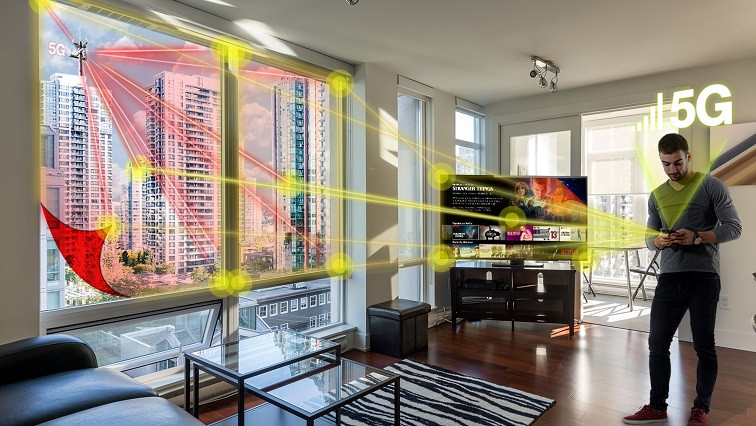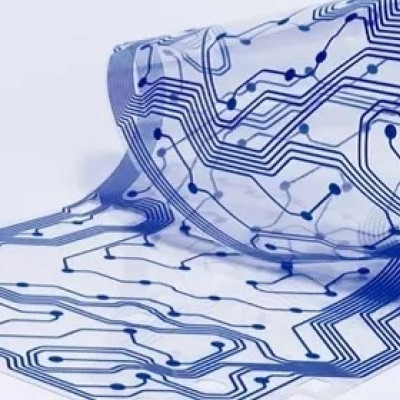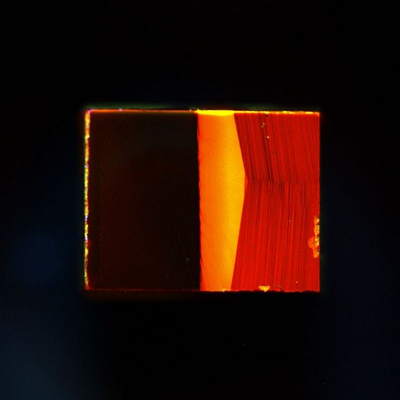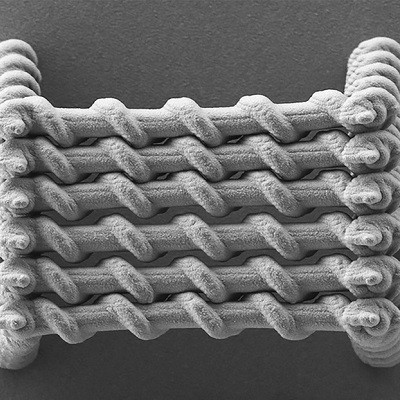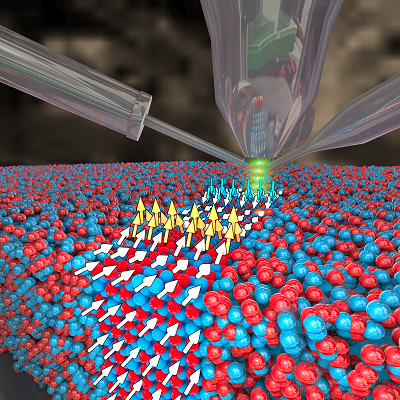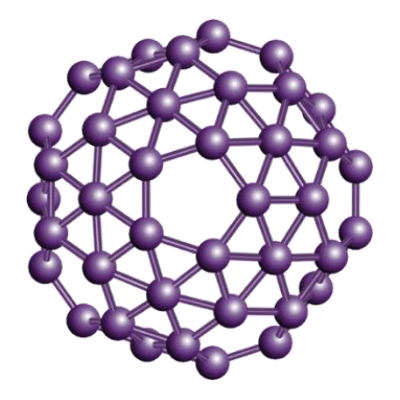At the Consumer Electronics Show (CES) taking place in Las Vegas this week (January 5-8) Meta Materials, headquartered in Dartmouth, Canada, is demonstrating a range of technologies which highlight global collaborations in the areas of 5G communications, augmented reality eyewear and li-ion battery components.
The company’s Nanoweb is an extremely thin, transparent, conductive film that consists of an invisible, nanostructured metal mesh that can be fabricated onto either glass or plastic surfaces.
Transparent conductors are critical components in a wide range of electronic devices, including touchscreens, organic light-emitting diodes (OLEDs) and photovoltaics and also find frequent use in the optical components of sensors and display systems, EMI shielding and transparent heating elements.
Existing transparent conductive electrode (TCE) materials, such as indium tin oxide (ITO) and silver nanowires, suffer from several drawbacks, including poor mechanical stability, low optical transmissivity, low electrical conductivity, high cost and limited supply. These constraints, together with the ever-growing demand for electronic products, led to the development of Nanoweb.
Nanoweb’s transparency is determined by the nanostructured geometric spacing and submicron dimensions of the mesh and can be manufactured from almost any metal, including, but not limited to, silver, aluminium, nickel, copper and platinum.
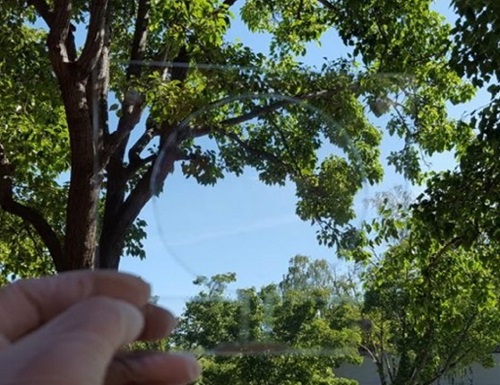
Nanoweb’s transparency is determined by the nanostructured geometric spacing and submicron dimensions of the mesh.
Collaborations
Meta is working with Sekisui Chemical to improve the performance and coverage of 5G and future 6G networks. The Nanoweb 5G Reflector solution is able to passively reflect and redirect high-speed signals at design-specific angles to improve signal propagation and help eliminate dead spots, without requiring any power or a network connection. The film can be applied to the exterior and interior surfaces of buildings to guide signals, improving outdoor and indoor coverage without marring the appearance of a building.
Meta is also collaborating with PPG to combine Nanoweb with PPG electrochromic gels and the Arfusion smart augmented reality eyewear platform. Electrochromic lenses in OEM evaluation kits will be demonstrated at CES. Dynamic dimming improves the performance and battery life for AR eyewear, enabling a clear view of the AR display in bright ambient lighting. Meta acquired the assets and IP of Swiss lens manufacturer Interglass to develop the ARfusion platform technology.
A further collaboration with DuPont Teijin Films and Mitsubishi Electric Europe is scaling up a proprietary, high volume, roll-to-roll manufacturing system for film-based, metal/polymer copper current collectors. These will reduce battery weight and cost, improve energy efficiency, extend vehicle range, and enhance safety against the risk of battery fires (thermal runaway) compared to standard li-Ion batteries for electric vehicles and other use cases. Meta will also be demonstrating Npore nanocomposite ceramic separators, which improve battery safety with less than 1% heat shrinkage up to 200°C.
“Meta is developing breakthrough, next-generation applications, across a range of industries,” said president and CEO George Palikaras. “We have built a broad set of platform technologies, backed by a rapidly expanding IP portfolio, which is approaching 500 active patent documents. Nevertheless, we could not succeed without our global partners, who contribute technology, key materials and supply chain and channel relationships. I want to acknowledge and thank them for their continued support.”
Read the original article on Innovation in Textiles

